Your Pug’s Health Is in Danger If You Don’t Follow These Health Tips
Caring for a pug means paying attention to how their body works and what keeps it steady. They love food, yet their frame is compact, and their breathing can be delicate. Those traits create challenges you can manage with simple routines.
Here are some methods that focus on health, comfort, and prevention to help your pug stay steady and happy for years to come.
Keep Weight Under Control
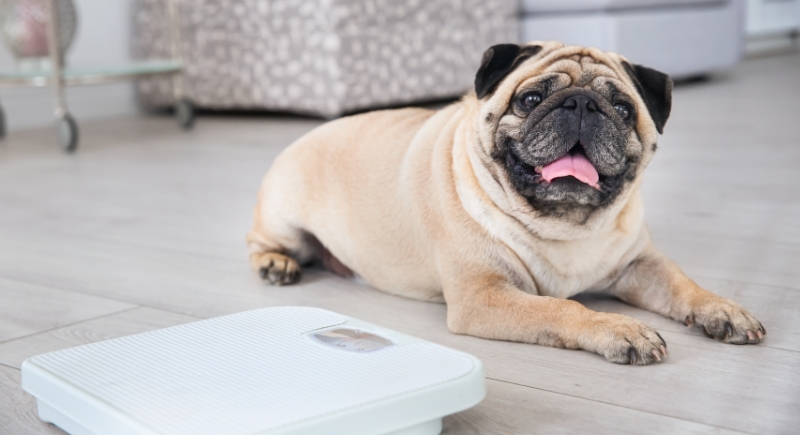
Credit: pixelshot
Veterinary reports show that excess weight shortens a pug’s life by increasing strain on joints and the heart. Check their shape by looking down at them while they stand. Measure food carefully, avoid table scraps, and keep treats minimal. Remember, a lean body allows easier breathing and better stamina.
Schedule Gentle Exercise Daily
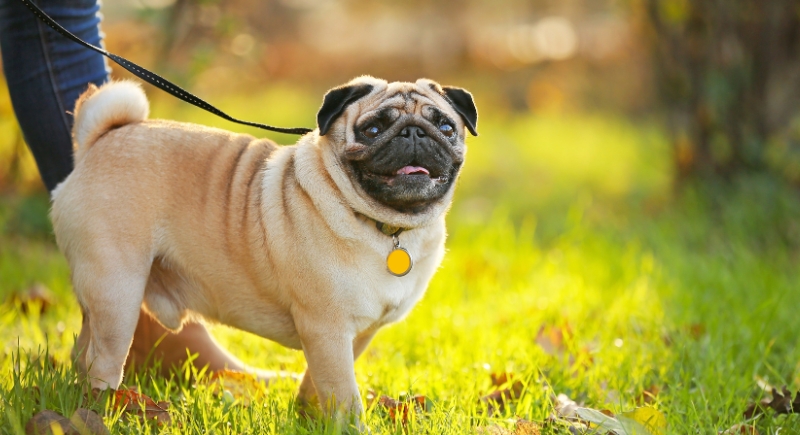
Credit: pixelshot
Take your pug on a calm, steady walk each day, and keep the route short and the pace easy. Watch how they move and make sure breathing stays smooth throughout the walk. These regular outings build stronger circulation and keep digestion working efficiently. They also prevent joints from stiffening as the dog gets older.
Be Cautious with Heat
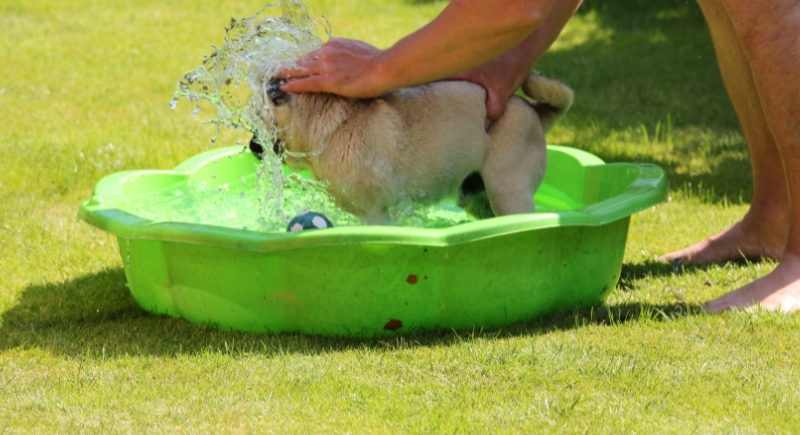
Credit: Getty Images
High temperatures create hidden dangers for brachycephalic breeds. Their short noses make cooling by panting less effective, so their internal temperature rises faster than expected. Ignoring heat safety leads to emergency visits that could have been avoided with small changes to a daily walking schedule.
Protect Them from Secondhand Smoke
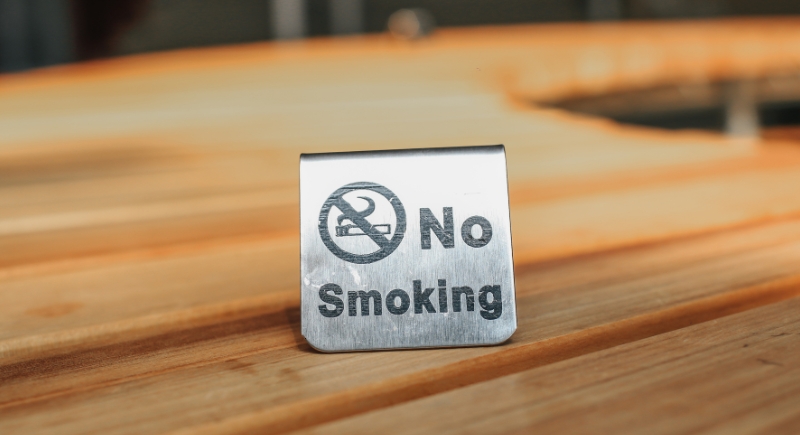
Credit: Canva
Cigarettes, cooking fumes, and burning candles all release particles that linger in the air and settle into fabrics. A pug breathing in that environment takes in those particles with every breath. Their narrow airways make clearing irritants difficult, which raises the risk of infections and chronic disease.
Provide a Safe Enclosed Space
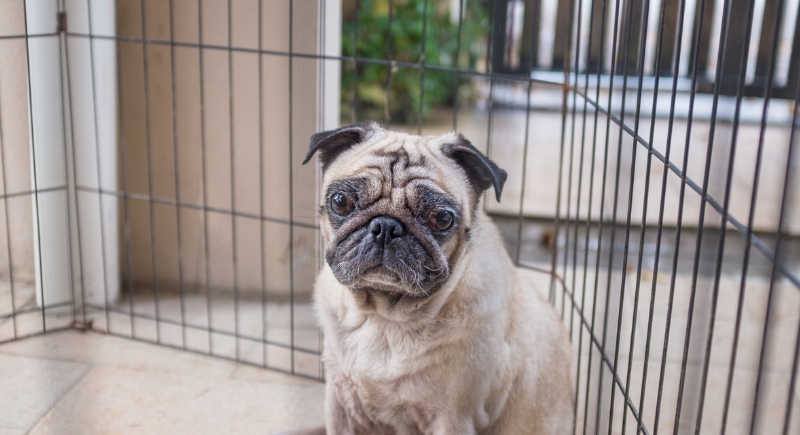
Credit: Getty Images
You can set up a secure fence, add proper latches on gates, and check regularly for gaps or loose panels. These steps create a controlled space where your four-legged friend can explore safely. A strong barrier keeps them away from fast traffic and wandering animals that could harm them.
Always Use a Leash Outside
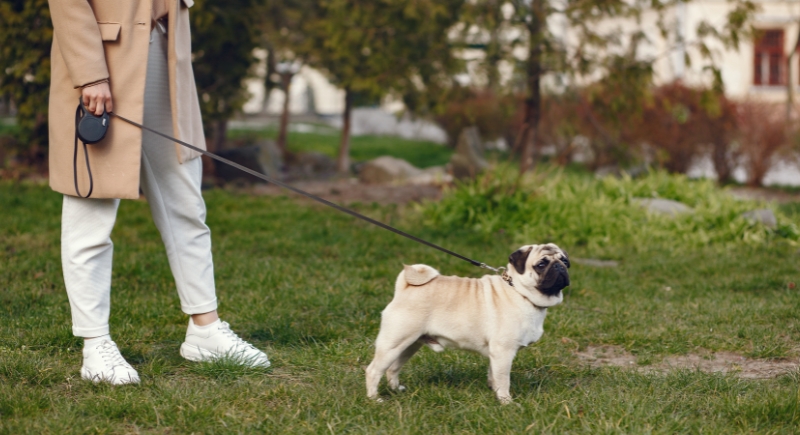
Credit: pexels
A pug on a leash stays within reach, even when startled by sudden noises or moving animals. For this reason, you’ll need a proper harness and leash to stop them from rushing into traffic or disappearing in crowded spaces.
Maintain Healthy Teeth
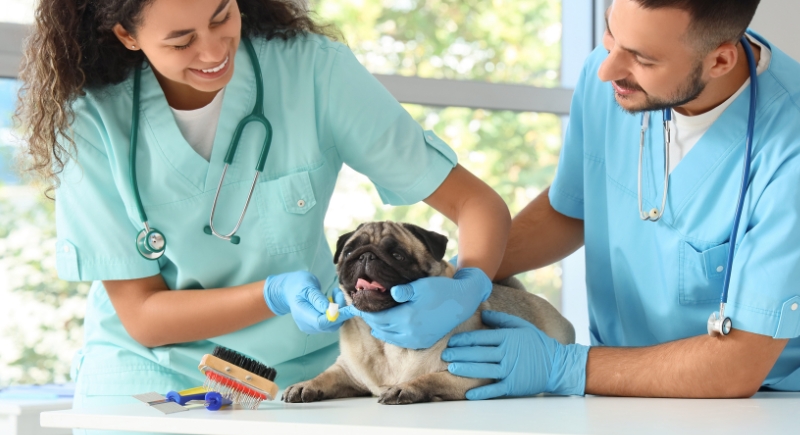
Credit: Canva
According to research on canine dental health, nearly 80 percent of dogs show signs of gum disease by age three, and pugs are at even higher risk because of their crowded teeth. Those tight spaces trap food, which quickly turns to plaque. Brush their teeth once a week with a soft brush and dog‑specific toothpaste to stop buildup.
Guard Against Parasites
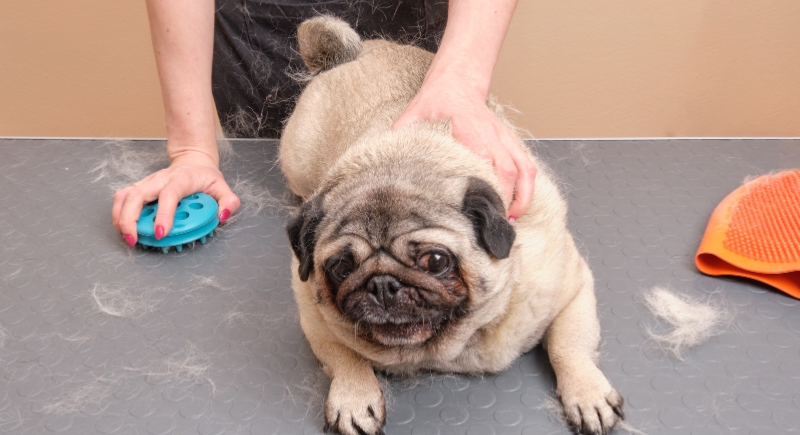
Credit: Canva
Fleas, ticks, and intestinal worms cause far more than itching. Infestations lead to blood loss, skin infections, and dangerous diseases spread through bites. Veterinarians recommend year-round preventive treatments after outdoor play. Always remove waste from your yard quickly to limit exposure to parasite eggs.
Include Occasional Outings
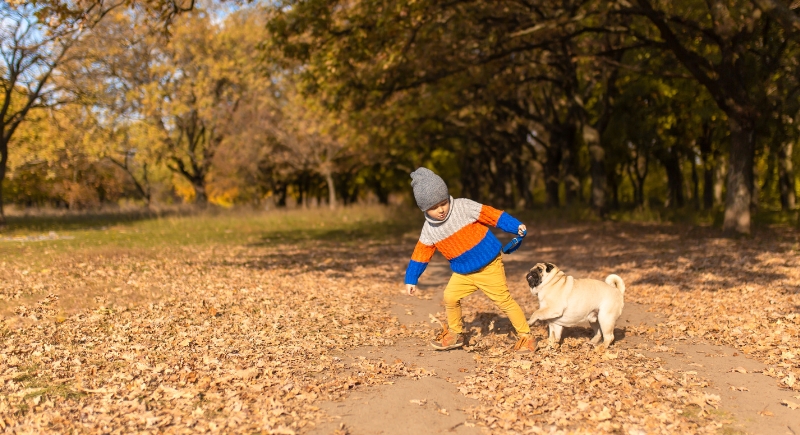
Credit: Canva
Trips that end somewhere enjoyable teach pugs that leaving home is safe and interesting. Various dogs only ride in cars to visit the vet, which creates anxiety. A quiet park or friend’s yard introduces new scents and sights that build confidence. Dogs that experience varied places adapt better to new situations and people.
Give Daily Attention
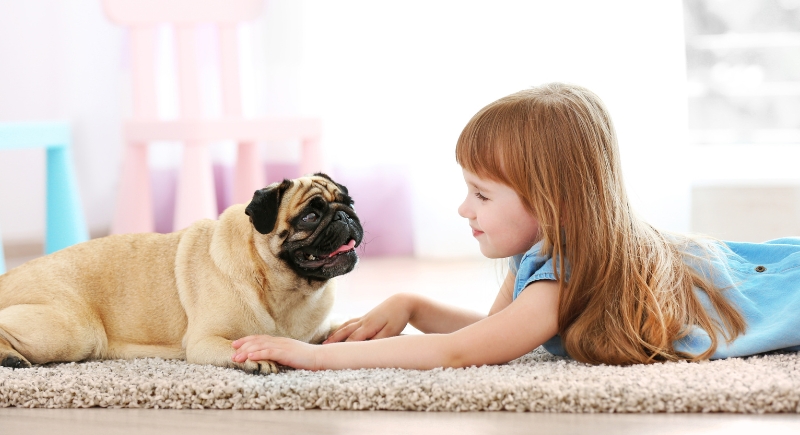
Credit: pixelshot
When a pug does not receive regular attention, their behavior and health often decline over time. They may become anxious and start pacing or whining for long periods. Many begin chewing furniture, shoes, or other objects out of frustration, while some develop excessive barking that’s difficult to correct later.
Choose a Harness Instead of a Collar
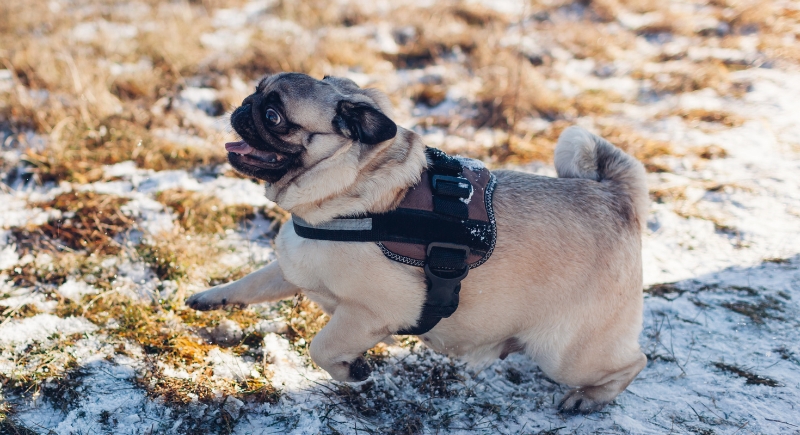
Credit: Getty Images
If you don’t already know, a collar can put direct pressure on a pug’s trachea every time they pull or lunge. That repeated strain typically causes coughing fits and, over time, serious airway damage. Switching to a harness spreads the force across the chest and shoulders, thereby making strolls far safer.
Support Joints with a Good Bed
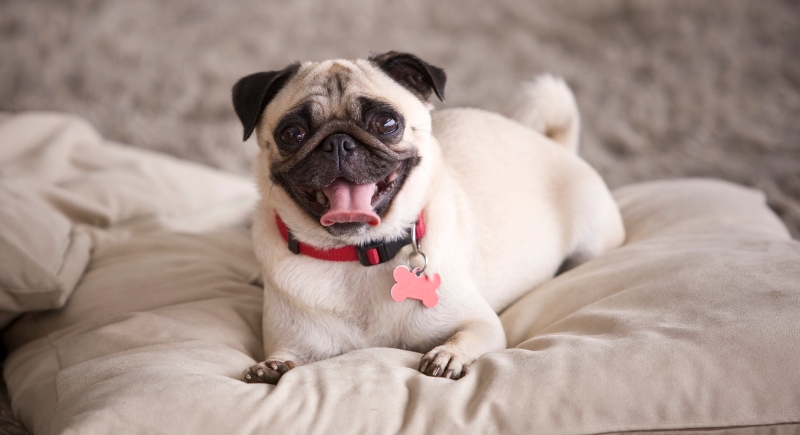
Credit: Getty Images
Older pugs develop arthritis and joint pain more often than other breeds. But a supportive bed with thick foam relieves pressure and keeps them comfortable overnight. Raised edges let them rest their heads, which can help with breathing. Also, consider replacing worn beds and providing one on each floor of a home, which makes resting easier.
Clean Wrinkles and Ears Regularly
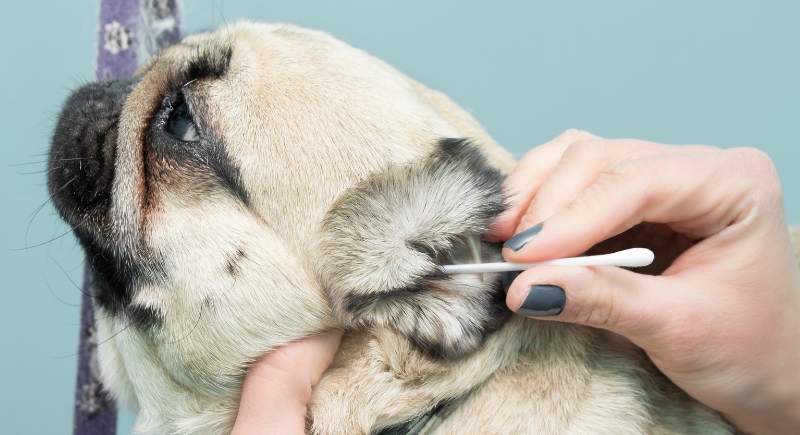
Credit: Getty Images
Begin with a soft, clean cloth or a pet‑safe wipe to gently open each facial fold and remove debris. After wiping, use a dry towel to carefully absorb any remaining moisture so bacteria cannot thrive. Next, monitor the ears during the same routine by lifting each flap and looking for redness or wax buildup. When done, wipe the outer ear using a damp cloth, then dry it thoroughly.
Adjust Routines for Each Season
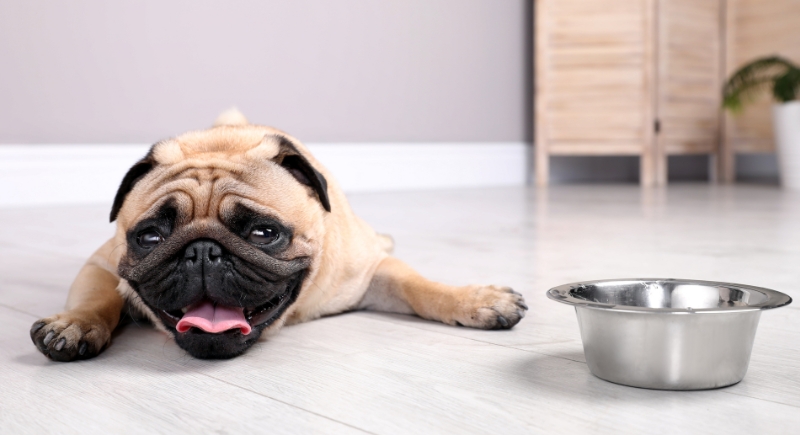
Credit: Africa Images
Ignoring seasonal changes puts a pug at risk in ways many owners don’t expect. Taking them on long walks in high heat can lead to dangerous overheating because they struggle to cool themselves. Meanwhile, allowing exposure to icy sidewalks coated with salt results in cracked, painful paw pads.
Keep Noise Levels Manageable
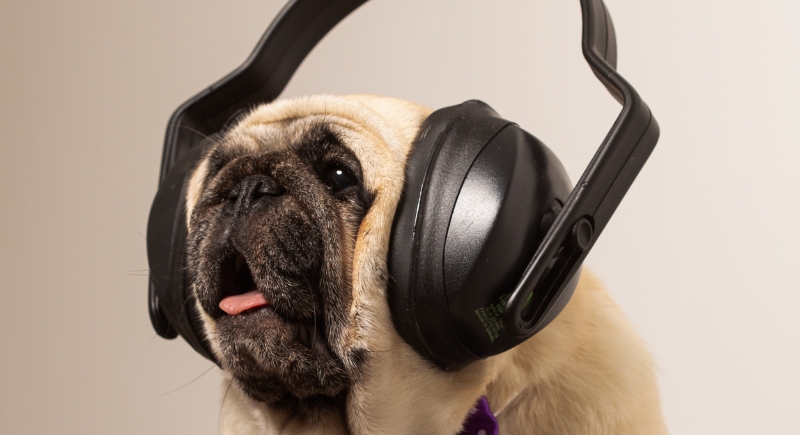
Credit: pexels
Limiting loud, sudden sounds around a pug helps maintain steady breathing and lowers stress levels. Avoid slamming doors, blasting music, or running noisy appliances close to where they rest. Constant exposure to high noise can cause anxiety, which shows up as pacing, barking, or refusing food.